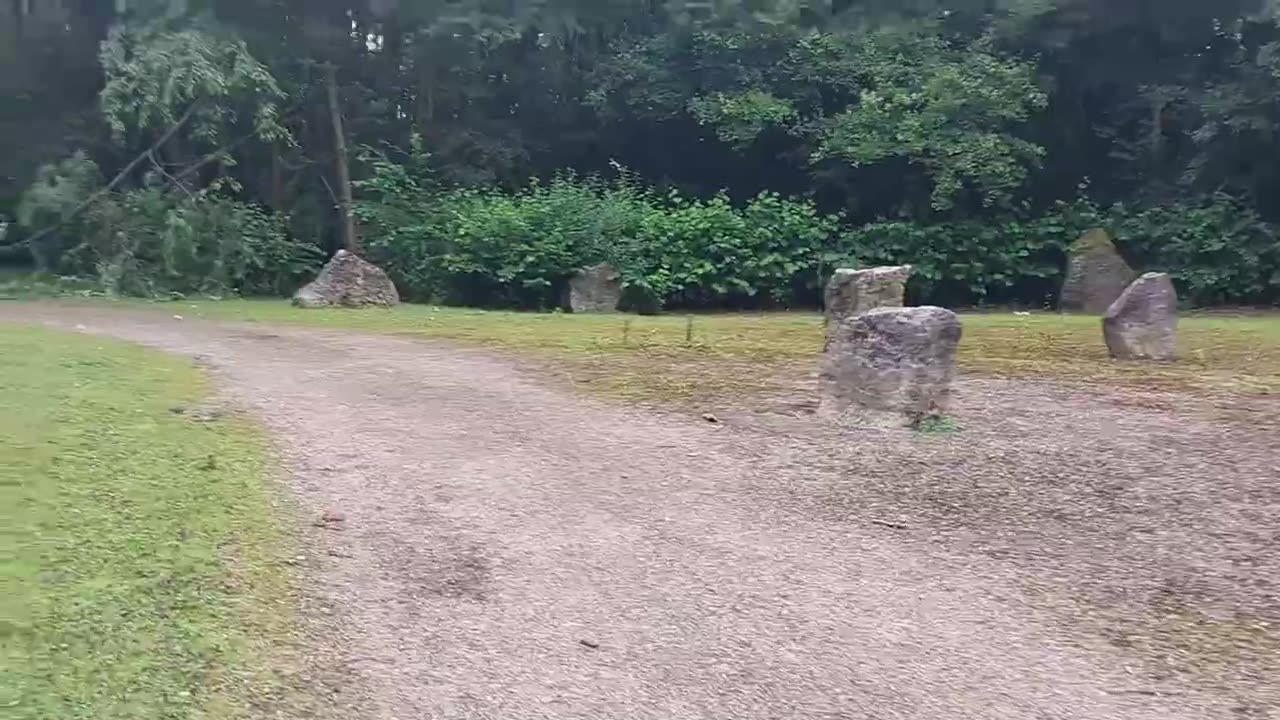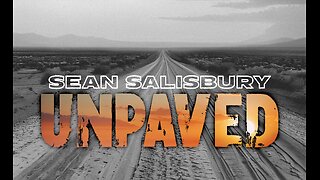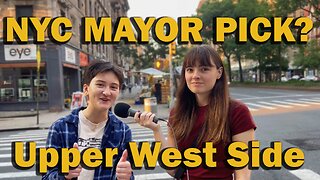Premium Only Content

Festival Park The National Garden Festival 1986 stoke on trent
Looking back in time it is interesting to note that the City Council referred to the Festival not only as a focus for urban regeneration but also as a mechanism for the rapid assembly and development of land. The Managing Director of the National Garden Festival declared confidently, that as well as reclaiming 180 acres of land from industrial dereliction for the benefit of the local community the longer-term aim was to widen the industrial base of this historic city.
A useful way to evaluate the success of the Festival is to consider both the immediate and subsequent returns. It is fair to say that the initial benefits of this showcase event were comparatively small in relation to those held in Liverpool and Glasgow due in no small part to the notorious British weather. Blighted by incessant summer rain 2,184,052 people attended the 179 days of the Festival – fewer than the 3.5 million visitors forecast by the organisers. However, an average daily attendance in excess of 12,200 meant that the Festival was still the third most popular paying visitor attraction in the UK in 1986.
In this respect it is fair to say that the Festival went some way towards placing the city on the tourism map and kick-starting the city’s embryonic tourism industry which subsequently benefited the broadly-defined cultural sector, gardens, potteries, canals as well as various heritage-related and contemporary attractions.
The legacy of the event clearly outlasted the ephemera of the Festival itself. Although the Department of Environment confirmed the achievement of the council’s ‘rapid assembly’ objective, reporting that in terms of land development the organisers achieved in two years what otherwise would have taken twenty-five, it took a welcome change of heart from the City Council to prove the real turning point in the Festival’s long-term success story.
In an attempt to appease the existing city-centre retailers, the 1986 Festival guide explicitly stated that retail development would not be permitted anywhere on the post-event site. However, the mixed use, high visual quality of the residual land attracted potential developers, and arguably the most significant decision was the agreement to develop Festival Park as a joint venture between the Council and St Modwen.
The subsequent retail developments coupled with a growing portfolio of leisure attractions significantly enhanced the city’s visitor offer at the time. Although a clear deviation from the original plans, there is no doubt that this was an undoubted success with evidence to suggest that every £1 million of public money spent on the Festival resulted in between £12-£15 million inward investment.
Of the five original garden festivals, research suggests that the continuing Festival Park Scheme developments now means the Stoke-on-Trent legacy has proved the most economically successful.
Hope you enjoyed this video
-
 LIVE
LIVE
The Quartering
2 hours agoClintons To Testify, Zoo Asks For Peoples Pets For Food, Young Voters, GTA To Require ID To Play
7,637 watching -
 LIVE
LIVE
Awaken With JP
1 hour agoArrest Warrants for Dems, MSNBC Sucks, and More - LIES Ep 103
1,609 watching -
 LIVE
LIVE
Barry Cunningham
4 hours agoREACTING TO THE PRESIDENT TRUMP INTERVIEW ON CNBC! (THE CONTRAST OF COMMUNISM AND MORE NEWS))
3,730 watching -
 1:58:54
1:58:54
The Charlie Kirk Show
3 hours agoThe Obamagate Grand Jury + The Mamdani/Warren Alliance | Prof. Steele, Brand | 8.5.2025
53.4K22 -
 1:20:03
1:20:03
Sean Unpaved
3 hours agoNFL Coaching Edge: Top Staffs, Rookie Head Coaches, & NFC South Breakdown
23.5K -
 LIVE
LIVE
Viss
4 hours ago🔴LIVE - Adrenaline Infused PUBG Tactics The Get Wins! - PUBG
287 watching -
 16:22
16:22
Clickbait Wasteland
19 hours ago $1.20 earnedAsking New Yorkers Who They Support For Mayor: Upper West Side
15.2K5 -
 LIVE
LIVE
StoneMountain64
2 hours agoBATTLEFIELD 6 BETA Training and Prepping
149 watching -
 38:51
38:51
Members Club
2 hours ago $0.48 earnedWNBA Madness, Biohacker Oversharing, & Red-Pilled Denim
17.7K3 -
 2:07:23
2:07:23
Side Scrollers Podcast
4 hours agoCENSORSHIP PUSH JUST HIT OVERDRIVE, H3H3 LAWSUIT EXPOSES REDDIT MODS + MORE | SIDE SCROLLERS LIVE
16.9K